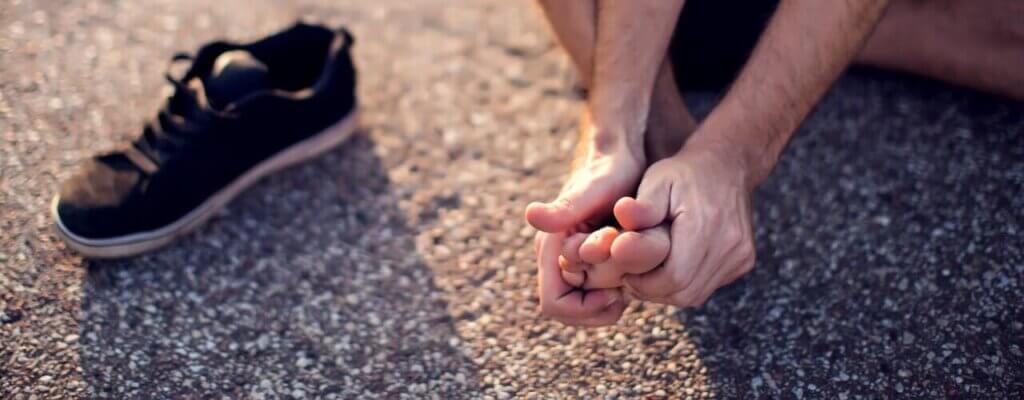Does this scenario sound familiar to you? You’re walking down the sidewalk, not really paying much attention to where you’re going, when your ankle slips off the curb. You feel an immediate twinge of pain, but you’re unsure whether or not it requires a trip to the doctor. Ouch!
You’re almost sure something is wrong, but what could it be? A sprained ankle? A strained ankle? How are you supposed to know the difference between the two, and what are you supposed to do to quell the pain once it hits?
It is true that many mild injuries can be treated with the R.I.C.E (rest, ice, compression, elevation) method; however, some injuries require the help of a medical professional.
It can be difficult to determine where your injury falls. It can also be difficult to determine if the injury you sustained is a strain or a sprain.
Fortunately, consulting with a physical therapist at (practice name) in (town) can help you get everything sorted out as quickly as possible, so you can recover and get back to your daily life!
Give us a call today to set up an appointment with one of our therapists.
The main difference between sprains and strains
Mayo Clinic’s site explains some risk factors for sprains and strains:
“Factors contributing to sprains include:
- Environmental conditions. Slippery or uneven surfaces can make you more prone to injury.
- Fatigue. Tired muscles are less likely to provide good support for your joints. When you’re tired, you’re also more likely to succumb to forces that could stress a joint.
- Poor equipment. Ill-fitting or poorly maintained footwear or other sporting equipment can contribute to your risk of a sprain.”
One of the most common questions people ask when they sustain this kind of injury is, “Is it a sprain or strain? What exactly happened when I slipped off the sidewalk?”
While the two conditions may seem similar, the distinctions are actually easier to make than you may think. In order to know the differences between a sprain and a strain, you must first know the differences between a tendon and a ligament.
Tendons are fibrous, tough structures that connect bone and muscle. Ligaments are connective tissues that are similar to tendons, except they connect bone to bone rather than muscle to muscle.
When the tendons that connect your muscle to your bone are stretched or ruptured, a strain ensues. A strain can be acute, meaning it occurs right after an accident, or chronic, meaning it develops over time as a result of repeating the same repetitive motions over and over again.
When the ligaments that link your joints are injured, you have a sprain. Ankles, knees, elbows, and wrists may be affected. A sprain occurs when the joint is wrenched so violently that the tissues are strained or torn. The discomfort could be slight and go away in a few minutes or hours, or it could be severe and necessitate physical therapy or even surgery.
So now that you know the difference between the two, it’s time you learn how physical therapy can help rehabilitate them.
How can physical therapy help a sprain or strain?
Our physical therapists have a lot of experience with sprains and strains, both diagnosing and treating them. Your physical therapist will assist you in recovering from your injury and will give you advice on how to avoid further injuries in the future. Physical therapy treatments can often eliminate the need for dangerous medicines or invasive surgical repairs!
When treating a sprain or strain with physical therapy, 3 steps are typically followed.
- The primary focus of your physical therapist will be on pain reduction. Manual treatment, ice and heat therapies, light stretches, ultrasound, and electrical stimulation are all examples of passive physical therapy methods.
- Your physical therapist will focus on promoting the healing process of your injury once your discomfort has been addressed. This will include strengthening and range-of-motion exercises to help the damaged area regain its full function.
- Following the healing of your injury, your physical therapist will focus on preventing injury in the afflicted area in the future. This will be accomplished through focused strengthening workouts that will help you build muscle around the injured area and lower your chance of re-injuring it.
There’s a physical therapist in the house!
Have you recently sustained a sprain or strain? Do you think you may have a sprain or strain? If so, contact us today for assistance. We’ll provide you with the best treatment methods for your needs, so you can relieve your pain and get back to your normal activities!



